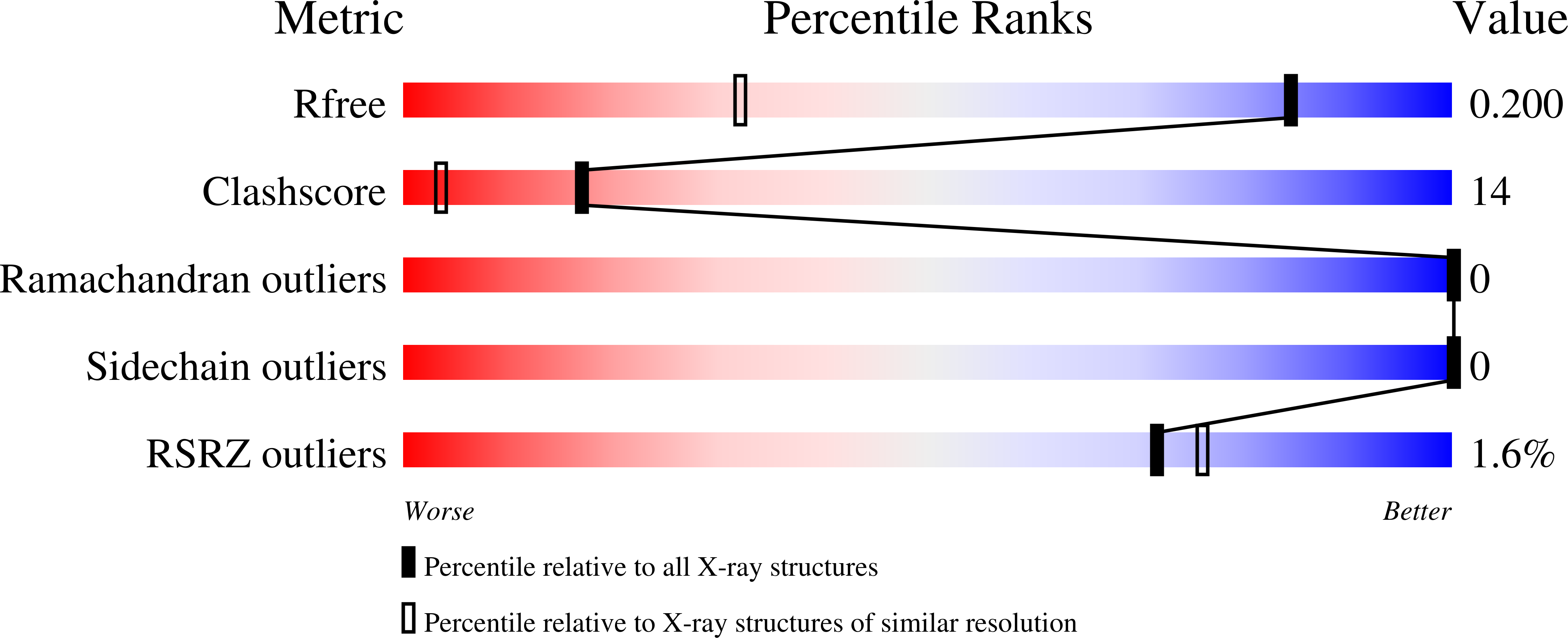The structure of AgamOBP5 in complex with the natural insect repellents Carvacrol and Thymol: Crystallographic, fluorescence and thermodynamic binding studies.
Liggri, P.G.V., Tsitsanou, K.E., Stamati, E.C.V., Saitta, F., Drakou, C.E., Leonidas, D.D., Fessas, D., Zographos, S.E.(2023) Int J Biol Macromol 237: 124009-124009
- PubMed: 36921814
- DOI: https://doi.org/10.1016/j.ijbiomac.2023.124009
- Primary Citation of Related Structures:
8BXU, 8BXV, 8BXW - PubMed Abstract:
Among several proteins participating in the olfactory perception process of insects, Odorant Binding Proteins (OBPs) are today considered valid targets for the discovery of compounds that interfere with their host-detection behavior. The 3D structures of Anopheles gambiae mosquito AgamOBP1 in complex with the known synthetic repellents DEET and Icaridin have provided valuable information on the structural characteristics that govern their selective binding. However, no structure of a plant-derived repellent bound to an OBP has been available until now. Herein, we present the novel three-dimensional crystal structures of AgamOBP5 in complex with two natural phenolic monoterpenoid repellents, Carvacrol and Thymol, and the MPD molecule. Structural analysis revealed that both monoterpenoids occupy a binding site (Site-1) by adopting two alternative conformations. An additional Carvacrol was also bound to a secondary site (Site-2) near the central cavity entrance. A protein-ligand hydrogen-bond network supplemented by van der Waals interactions spans the entire binding cavity, bridging α4, α6, and α3 helices and stabilizing the overall structure. Fluorescence competition and Differential Scanning Calorimetry experiments verified the presence of two binding sites and the stabilization effect on AgamOBP5. While Carvacrol and Thymol bind to Site-1 with equal affinity in the submicromolar range, they exhibit a significantly lower and distinct binding capacity for Site-2 with Kd's of ~7 μΜ and ~18 μΜ, respectively. Finally, a comparison of AgamOBP5 complexes with the AgamOBP4-Indole structure revealed that variations of ligand-interacting aminoacids such as A109T, I72M, A112L, and A105T cause two structurally similar and homologous proteins to display different binding specificities.
Organizational Affiliation:
Institute of Chemical Biology, National Hellenic Research Foundation, 48 Vassileos Constantinou Avenue, 11635 Athens, Greece; Department of Biochemistry and Biotechnology, University of Thessaly, Biopolis, 41500 Larissa, Greece.

















